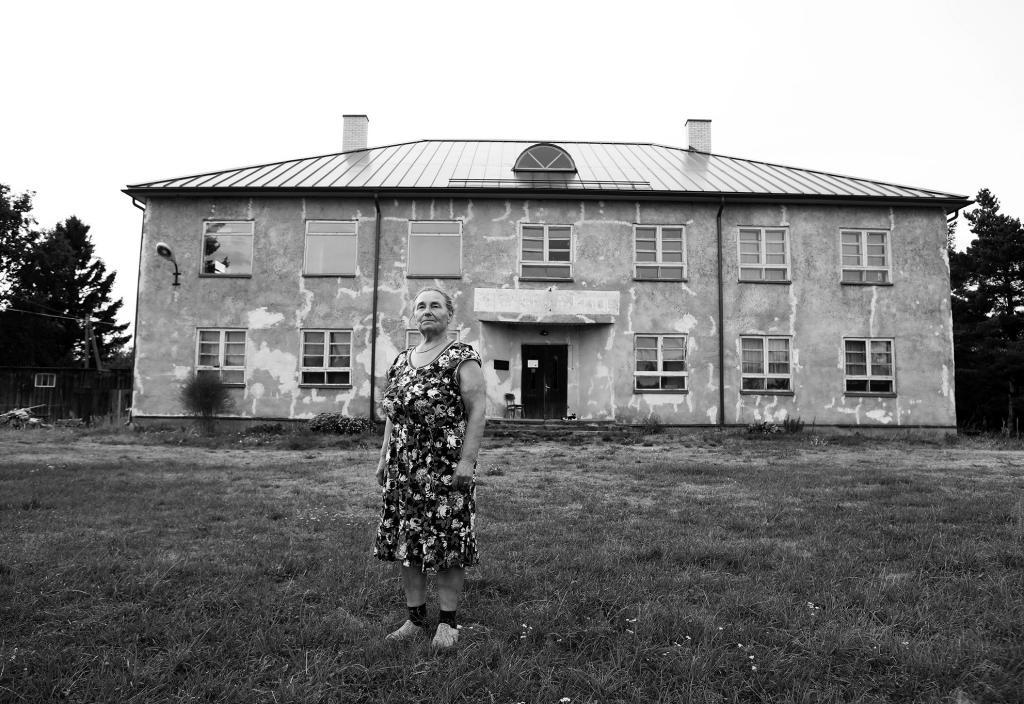Inequality of wealth in Estonia is among the widest in the countries of the euro area, the data by the Estonian central bank shows.
Net wealth, which is assets minus liabilities, is unequally distributed in Estonia, and the level of wealth inequality is higher than that in most of the other euro area countries, a survey run jointly by the country’s central bank, the Bank of Estonia; and Statistics Estonia has found.
Five per cent of the Estonian households hold a whopping 48 per cent – almost a half – of the country’s wealth, while 95 per cent hold the rest between them.
Estonia’s central bank said that “an important reason for high level of wealth inequality is that the share of business assets in total assets is large in Estonia. This share is more than twice the euro area average and business assets are the least equally distributed assets.”
The survey also found that the level of inequality remained more or less the same in the period between 2013 and 2021.
The fact that the Estonian home ownership rate is higher than the euro area average, offers some alleviation and reduces wealth inequality. The main residence is the most valuable asset of Estonian families.

Overall wealth increased until the pandemic
The overall wealth of Estonian families increased between the previous financial crisis and the COVID-19 pandemic, as the assets of households increased by more than 50 per cent on average from 2013 to 2021.
“The median value of the net wealth of households increased by more than 50% from 43,500 euros in 2013 to 66,200 euros in 2021,” the Bank of Estonia said. “The median value of deposits increased in 2017-2021 from 1,900 euros to 4,300 euros.”
The debt burden of Estonian families remained stable across the surveys, and financial vulnerability was at about same level in 2021 as it was in 2013. The share of families that are not able to get a bank loan, or who cannot borrow the amount that they want, remained at around seven per cent throughout the whole period.
Investment by young families increased in other financial assets besides deposits, such as shares or investment fund assets, and the share of young families investing more than doubled.
There was a strong rise in borrowing at the same time as well, and the median value of the mortgages by those aged 16-34 increased from €40,000 to €60,000. The increase in long-term borrowing, together with the change in investment habits, shows that young families are focusing more than before on their long-term financial planning. Financial literacy is also higher among the young than among older residents of Estonia, the bank said.
Bank deposits are the largest part of the financial assets of Estonian households.

